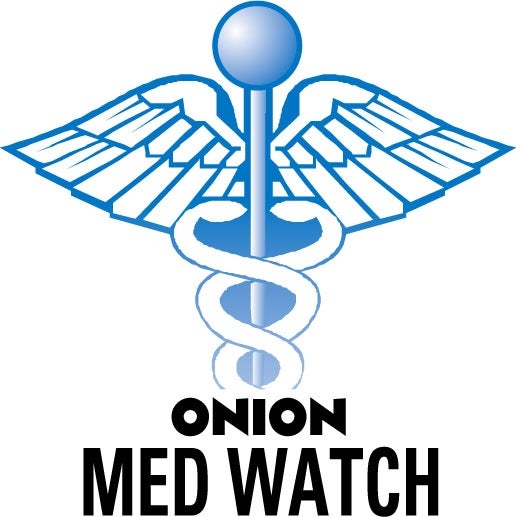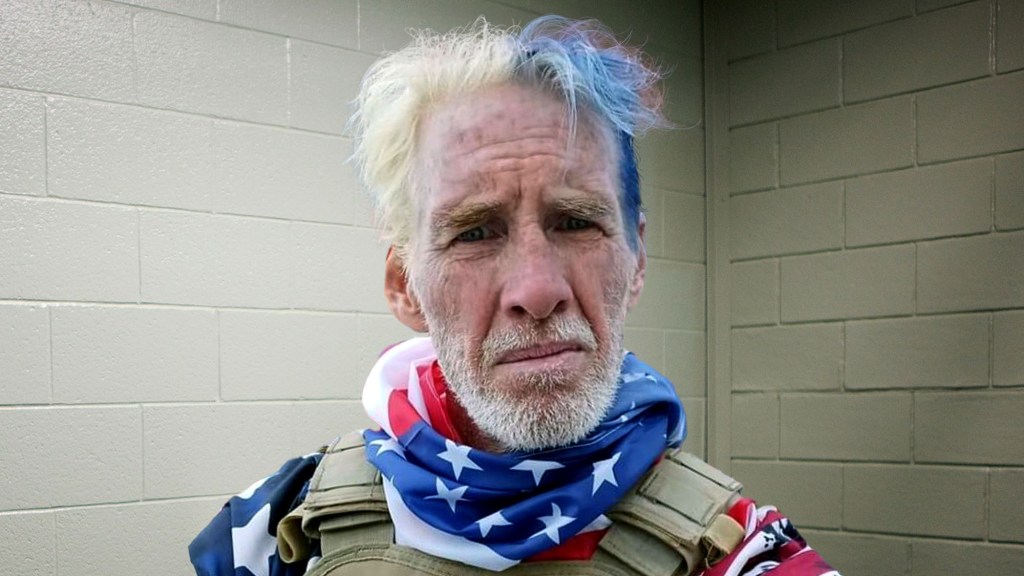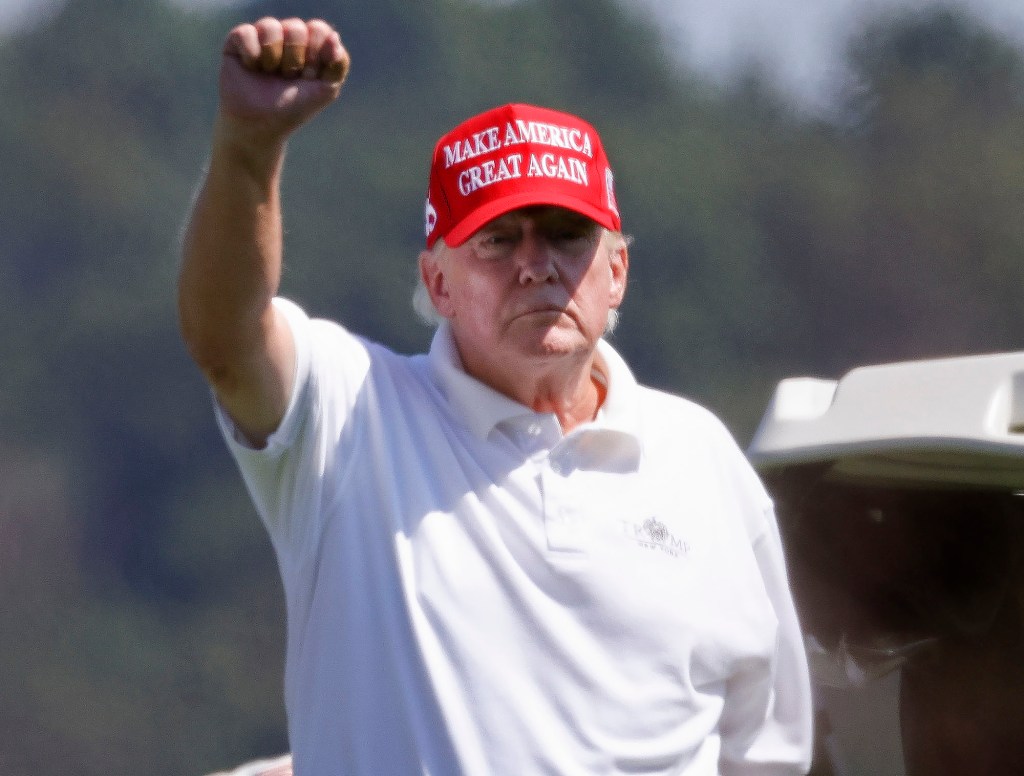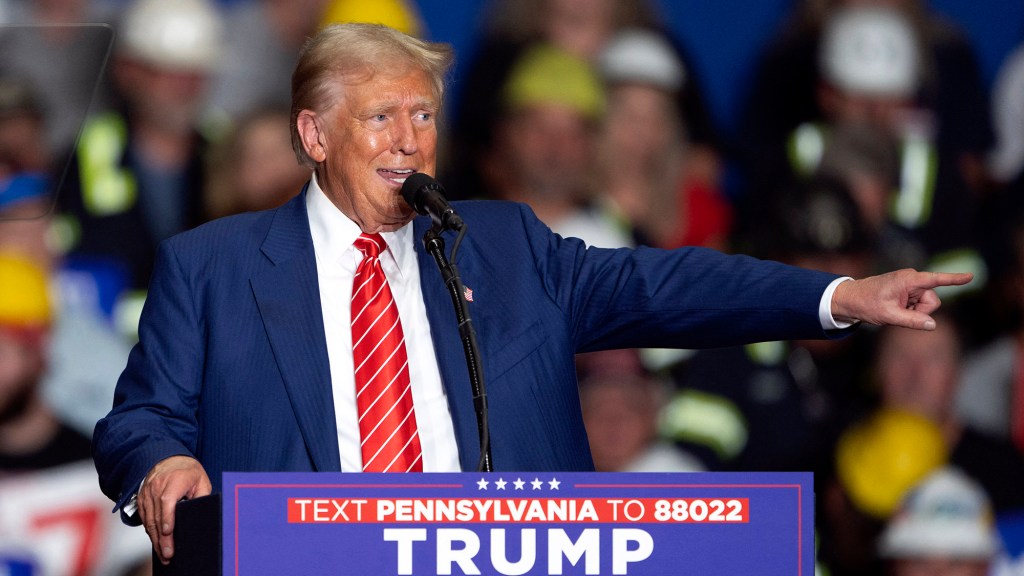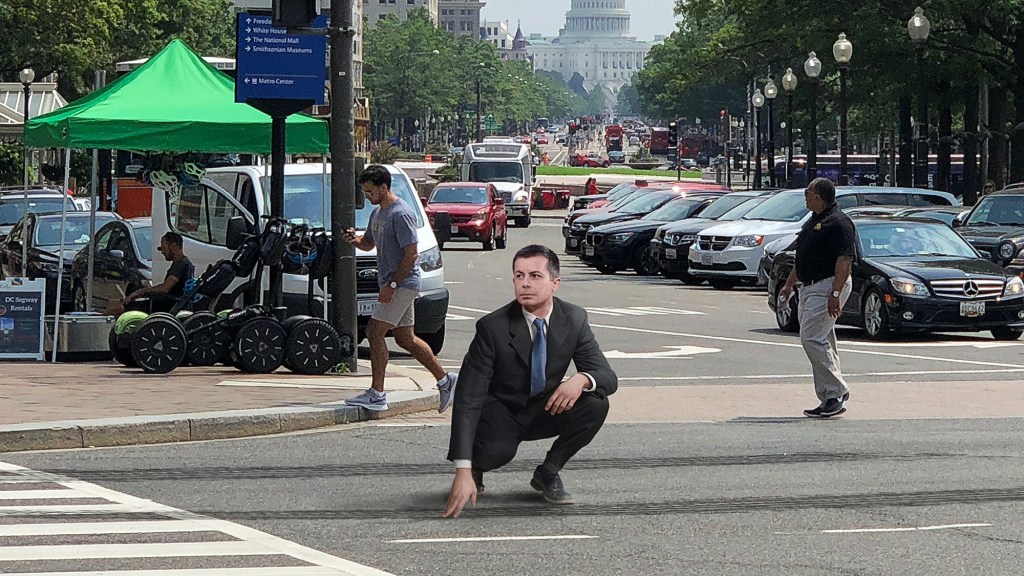ROCHESTER, NY—Doctors at the prestigious Rochester Memorial Medical Institute announced Monday a major breakthrough in the battle to cure “Head-Bonk Amnesia,” a mysterious and debilitating form of memory loss caused by blows to the head.
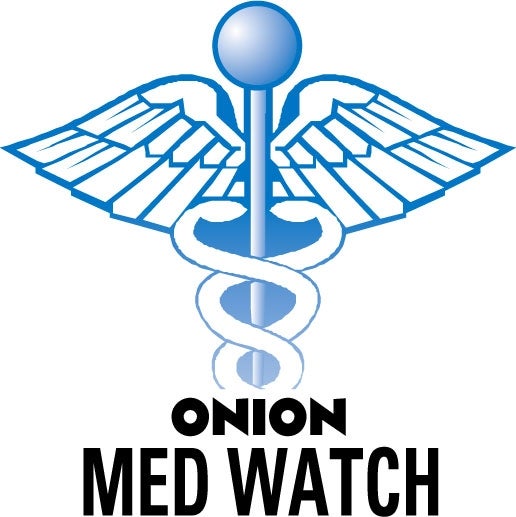
According to researcher Dr. Clayton Yates, Head-Bonk Amnesia, or HBA, affects an estimated 20 million Americans each year. The condition, he said, may be curable with an experimental “Second Head-Bonk” treatment, currently being tested at the New York facility.
“Head-bonk-induced amnesia—in which victims lose recollection of their identity after suffering sharp, zany blows to the cranial cavity with such household items as ladders, paint buckets, anvils and oversized novelty mallets—has long baffled science,” Yates said. “Our research now indicates that this condition, long considered incurable, may possibly be reversed with the application of a second head-bonk of equal or greater severity. It is our hope that millions of amnesiacs across the U.S. will one day have their memories of themselves and loved ones restored through such revolutionary, nutty treatment.”
Despite their enthusiasm, Yates and the other members of the head-bonk research team stressed that a safe, cost-effective cure for HBA remains a long-term goal, and that further research is necessary before the second head-bonk procedure can become available to the public.
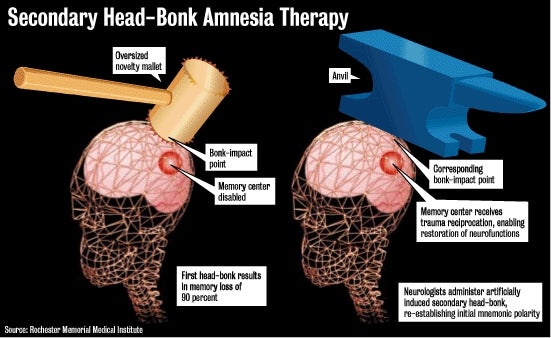
“The slightest miscalculation of strength and positioning of the second head-bonk could potentially result in a host of undesirable side effects, including but not limited to: honking, clanging and fire-engine sound effects; hallucinations of birds and stars flying in a circular pattern around the patient’s skull; and, in the most severe cases, the flattening of the skull into the shape of the object with which the patient has been struck,” said Dr. Thomas “Tex” Avery, head of the Rochester Institute research team.
According to Avery, one of the greatest roadblocks to perfecting the second head-bonk cure has been “the extreme difficulty of finding a head-bonking device that generates the precise amount of cranial bonk-pressure necessary to reverse the amnesia.”
While such a device has still not been located, Avery noted that coconuts have shown promise in laboratory tests.
“The search for an HBA cure is one of the greatest, most important challenges facing modern medicine. Not only do its millions of victims suffer complete memory loss, but they also must endure on a daily basis the countless wacky mix-ups with loved ones, roommates, co-workers, and even pets that inevitably result from the condition,” Avery said.
“Sadly, once these sorts of zany mistaken-identity capers begin,” Avery said, “it is usually just a matter of time before madcap shenanigans, many of them permanent and incurable, ensue.”


